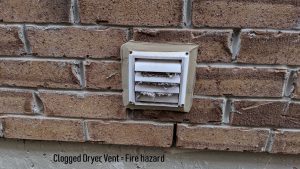
Spring maintenance
It’s spring time and soon you’ll be able to enjoy warm sunny days outside without your winter coat. Often enough though people tend to forget how crucial maintenance is on their homes so while you’re doing spring cleaning indoors, make sure to do some spring maintenance outdoors too.
The first thing you can do is walk around your home because let’s me honest when have you ever walked around it and looked for potential issues that might have occurred during winter or have been present for a long time.
Windows and doors:
Check to make sure frames and caulking is in good condition. Caulking often wears out due to being exposed to the weathering like frost and extended periods in the beaming sun. If caulking is hard and brittle it may be time to replace it. If you don’t have vinyl/plastic windows make sure the paint on the frame is not peeling away and there is no rot.
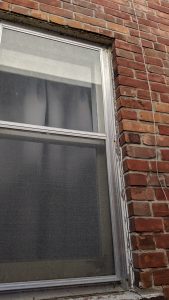
Vents:
If you have vents that discharge outside make sure they are not functioning properly and the plastic vents are in good shape. Ensure that there are no blockages: birds, insects or even dryer lint if it’s a dryer vent. If the flaps are broken or missing you can purchase the same new vent usually just transfer the flaps over to the old one to avoid the hassle of having to take the entire thing off.

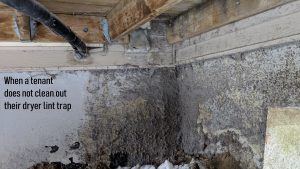
Eaves trough system (gutters + downspouts):
We want to ensure that downspouts are discharging 6 feet from the building to minimize the chance of water getting into the basement as waterproofing is expensive and generally not something people want to throw money away doing. Gutters should be cleaned annually or more often if you have lots of trees around your home.
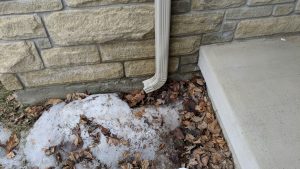
Roof:
A good pair of binoculars work wonders to see your roof. You can find issues like missing or damaged shingles, you can also check the 2nd story exterior (if you have one).
Inspect decks, porches and any other structures for rot or for any signs of potential problems.
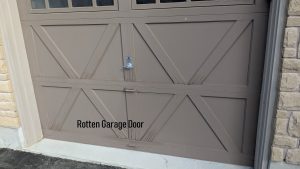
When walking around your home take a look at your foundation. Inevitably there will be foundation cracks and typically it is normal to find on most houses. Generally, these occur right after the initial pour of your foundation and are called shrinkage cracks. Vulnerable areas for the cracks are corners of your home and steps in the foundation. If you find these cracks make sure to monitor them as we want to ensure there is not future movement. If the crack is larger than 4mm or has water leaking inside then it may be time to contact a structural engineer + waterproofing contractor.
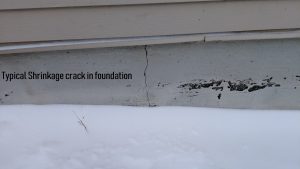
Another way to minimize basement leakage is too make sure our grading around the home is sloped away from the foundation. We want gravity to work for us in helping make sure your basement stays dry.
Additionally, if you are ever unsure of something feel free to contact us as we’re always happy to help with any questions. If in some case you don’t feel comfortable doing these checks feel free to give us a call to schedule a maintenance inspection of your home. There are lots of other things that should be checked not listed here that would make this article far too long to read. A home inspector from Power Home Inspection will help you inspect your home to make sure that you know what items should be addressed to ensure that your home stays safe and comfortable for years to come.

Recent Comments